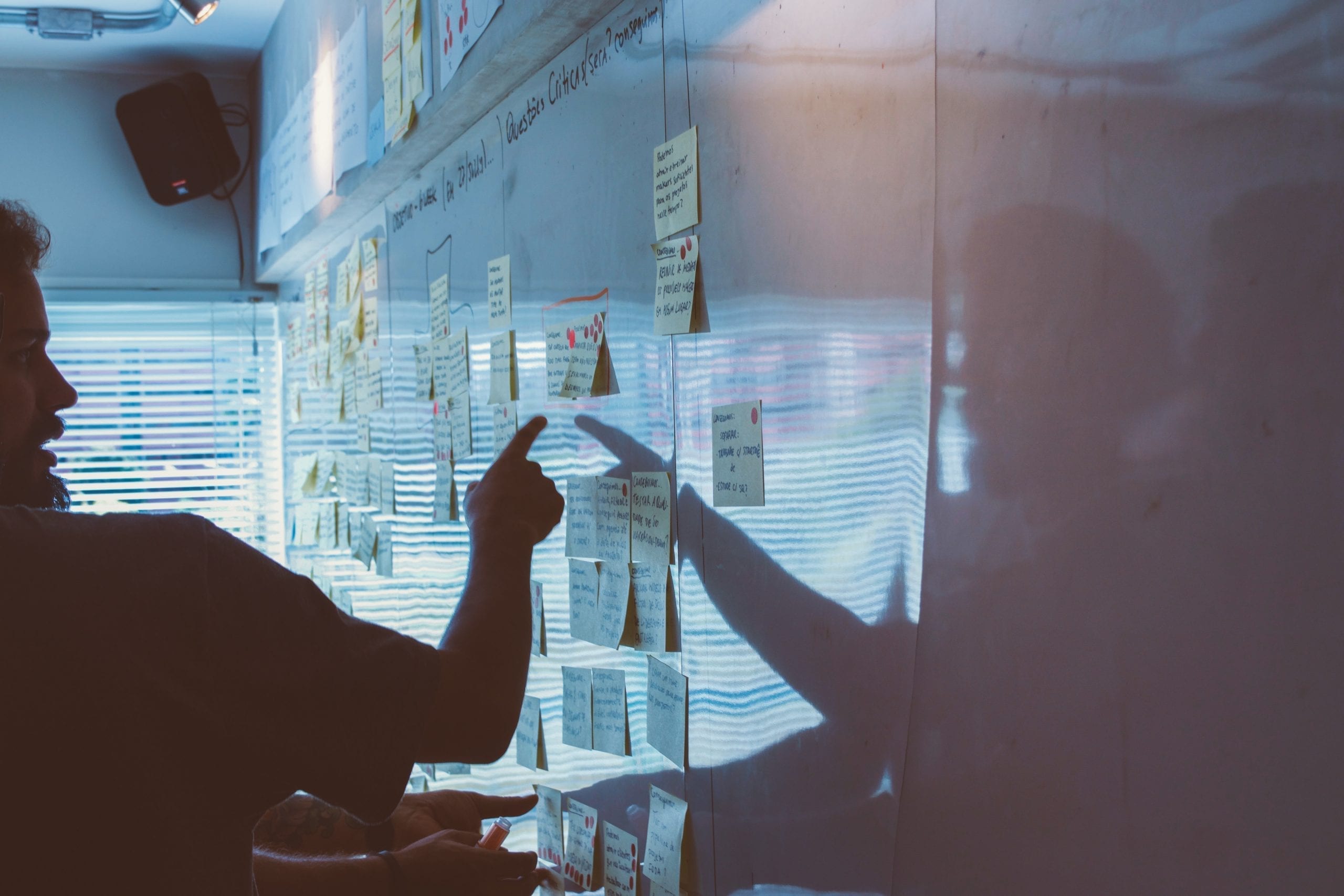Our website is not supported on this browser
The browser you are using (Internet Explorer) cannot display our content.
Please come back on a more recent browser to have the best experience possible

In refining our clients’ businesses for enhanced business agility, we’ve often butted heads with implementing Agile processes into established Waterfall methods. This was the case for our Energy client working on projects in hydroelectric power. For this particular project – referred to as “Project X” for confidentiality – we struggled with the typical challenges of using Agile in Waterfall projects. However, after the headaches were said and done, Agile practices were able to address the inefficiencies of Waterfall methodologies. It was proven to be more efficient in completing tasks and tracking work, driving the completion of key deliverables.
Often, we’re faced with the question, “Is Agile better than Waterfall?” Like a lot of answers in life, it’s both concise and needs further elaboration: it depends.
"Is Agile better than Waterfall?"
"It depends."
Project X began in early 2017 and followed the internal Software Development Life Cycle (SDLC) of our client, using the traditional project management protocol – i.e. a Waterfall approach.
While our client had a rich SDLC process with rigorous documentation, their execution of internal methods and rather meticulous approval process stifled the progression of Project X. Additionally, resource turnover of this project caused time delays and loss of knowledge – which in turn further impacted the project schedule.

When running right, Agile project management is at its strongest when confronting continuous change. Waterfall, on the other hand, is ideal for high-value, high-risk projects with no incremental benefits. Ideally, that should’ve been the case for Project X. But therein lies the problem – Project X’s scope and environment kept changing.
To learn more about Agile Assessments read: Is your organization ready for Agile?
The challenges faced by Project X included:
Project X spanned multiple years. The original scope of the project changed, which necessitated new requirements.
New technology and other projects running alongside Project X have changed internal processes, causing re-scoping and de-scoping of requirements.
Turnover meant losing Project X’s historical knowledge, directly impacting the schedule by expending time on retraining and educating the new members.
In early 2019, a new project manager on Project X began integrating Agile best practices into the Waterfall project. The new PM set out to address some of the more common pitfalls of Waterfall and to help transform and progress the execution phase of the project.
When running a Waterfall project with an Agile methodology, you’ll have to provide coaching and guidance to everyone that it’ll impact. The transition won’t happen overnight, so you’ll need to be prepared for the bumps on the road to agility.
These are the five key challenges that can be tackled by bringing Agile into Waterfall projects:
New or Outdated Requirements
No problem – Agile runs in short Sprints (usually 2-3 weeks long), so the chance of technology superseding project requirements is much less of a risk.
Budgetary Constraints
With Agile, the project teams are much smaller and usually resources are fully dedicated which means all of their attention is on the “tasks at hand” that need to be completed for the current sprint.
Resource Challenges
With short-term Sprints, it’s easy to schedule around resource changes, vacations, holidays, and so on. Also, because the Sprints are short-term, adding or switching out a team member is less of a constraint on the project.
As Project X had expanded over three years with a changing scope, implementing Agile best practices were targeted to address and progress the three main challenges faced.
Implementing Agile alleviated the need for excessive documentation upfront. This also allowed the team to bypass the SDLC’s time-consuming Review and Approval process, trimming down multiple resources, meetings, and laborious documentation.
The PM and team applied sprints to create user stories and tasks tracked over three-week intervals. This helped the team greatly by creating focused work efforts in both manageable and achievable chunks.
The Agile team was able to design, develop, and test the new requirements much faster. The team then documented the required information for historical and/or training purposes.
The second challenge faced was new technology. Those technology and concurrent projects had less of an impact on the scope of Project X due to the condensed timeline and extreme focus on a subset of the project requirements.
This eliminated the issue of tackling all project requirements over a longer period of time and removed the risk of scope change. The project team could select specific work efforts to focus on in a sprint instead of trying to complete all requirements by a specific go-live date.

Finally the third challenge faced was new resources. The longevity of Project X had outlasted many resources on the project team. This caused delays due to retraining and spinning up a new resource on the project.
Implementing sprints eliminated the need for a long onboarding process to new talent up to speed. With Agile, that person could jump right in at the beginning of a new sprint with minimal historical project information transfer required.
Want to continue reading? Check out our case study on implementing Agile in Engineering: Steering Engineering Agility Capability
It is possible to integrate Agile into Waterfall projects to organize teams, track work efforts, combat scope creep, and deliver successfully. The key is to ensure your leadership team and project team are onboard with the new methodology.
Agile is much faster, but not always easy. So, it’s important to be Agile coaches and guide people through the new processes, especially if the project team is not familiar with Agile and how it will impact their day-to-day work efforts. The trials of innovating on existing workflows will lead to profitable outcomes and smoother project management.
This article was written by Jack Langowski
Loved what you just read?
Let's stay in touch.
No spam, only great things to read in our newsletter.
We combine our expertise with a fine knowledge of the industry to deliver high-value project management services.
MIGSO-PCUBED is part of the ALTEN group.
Find us around the world
Australia – Canada – France – Germany – Italy – Mexico – Portugal – Romania – South East Asia – Spain – Switzerland – United Kingdom – United States
© 2024 MIGSO-PCUBED. All rights reserved | Legal information | Privacy Policy | Cookie Settings | Intranet
Choose your language
Our website is not supported on this browser
The browser you are using (Internet Explorer) cannot display our content.
Please come back on a more recent browser to have the best experience possible
